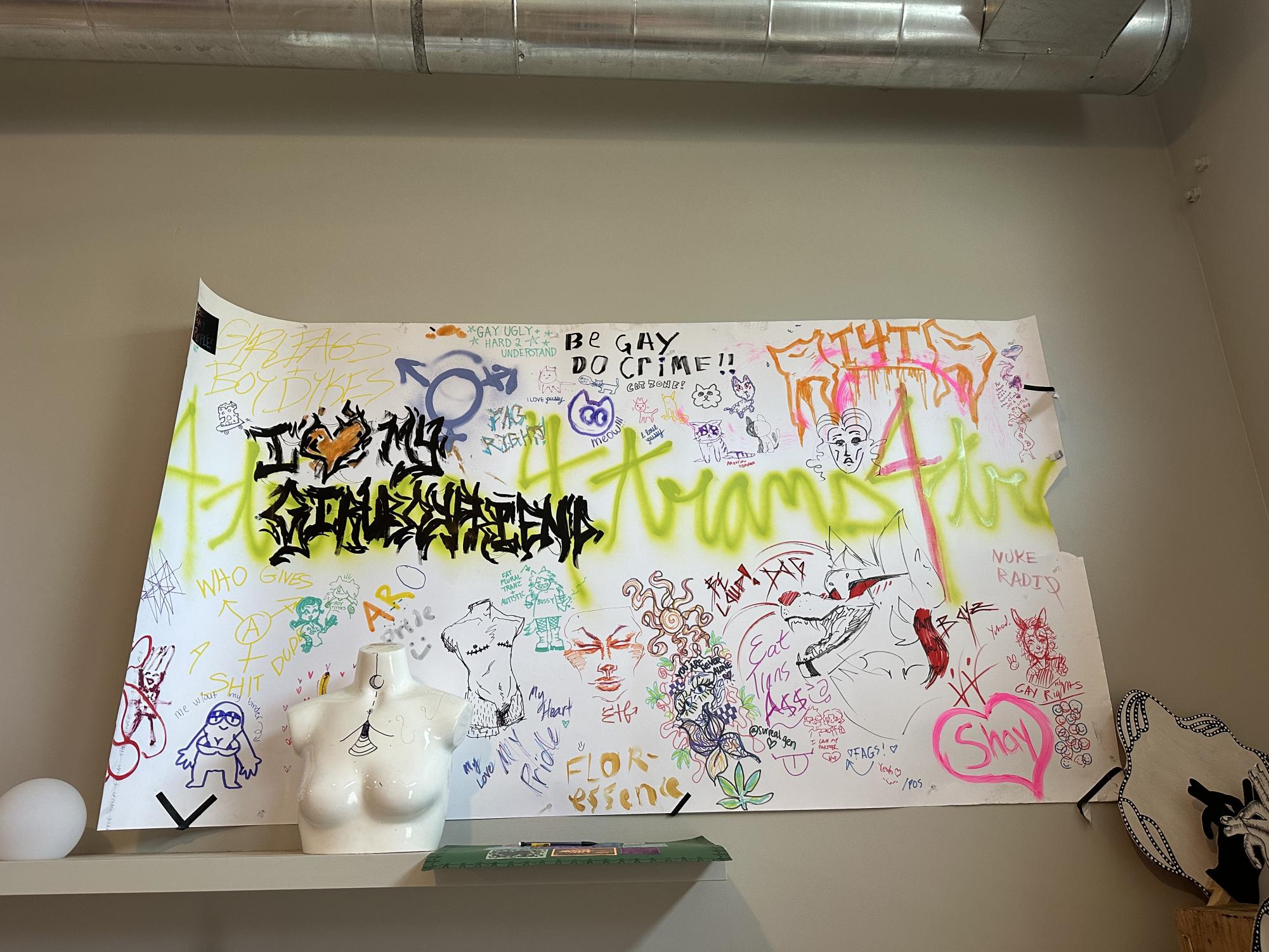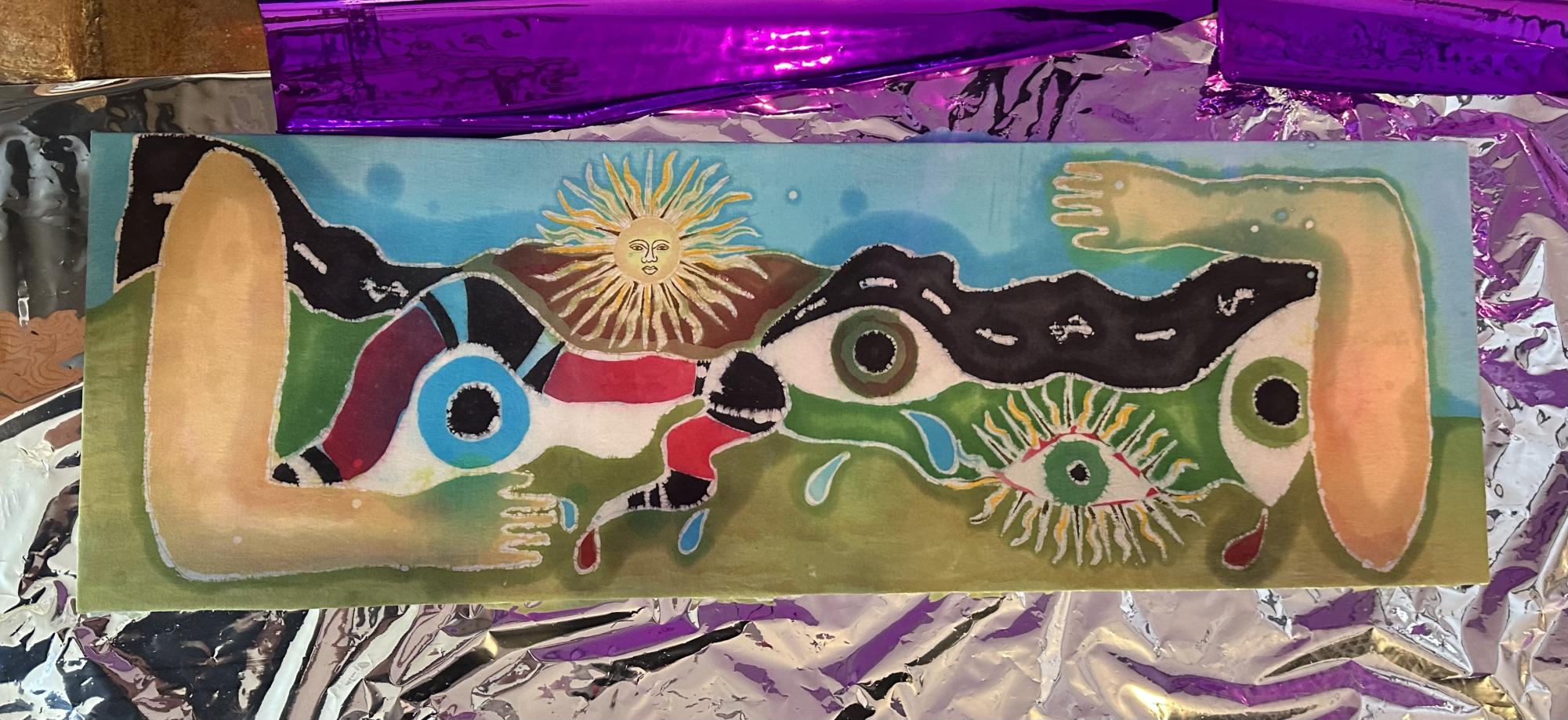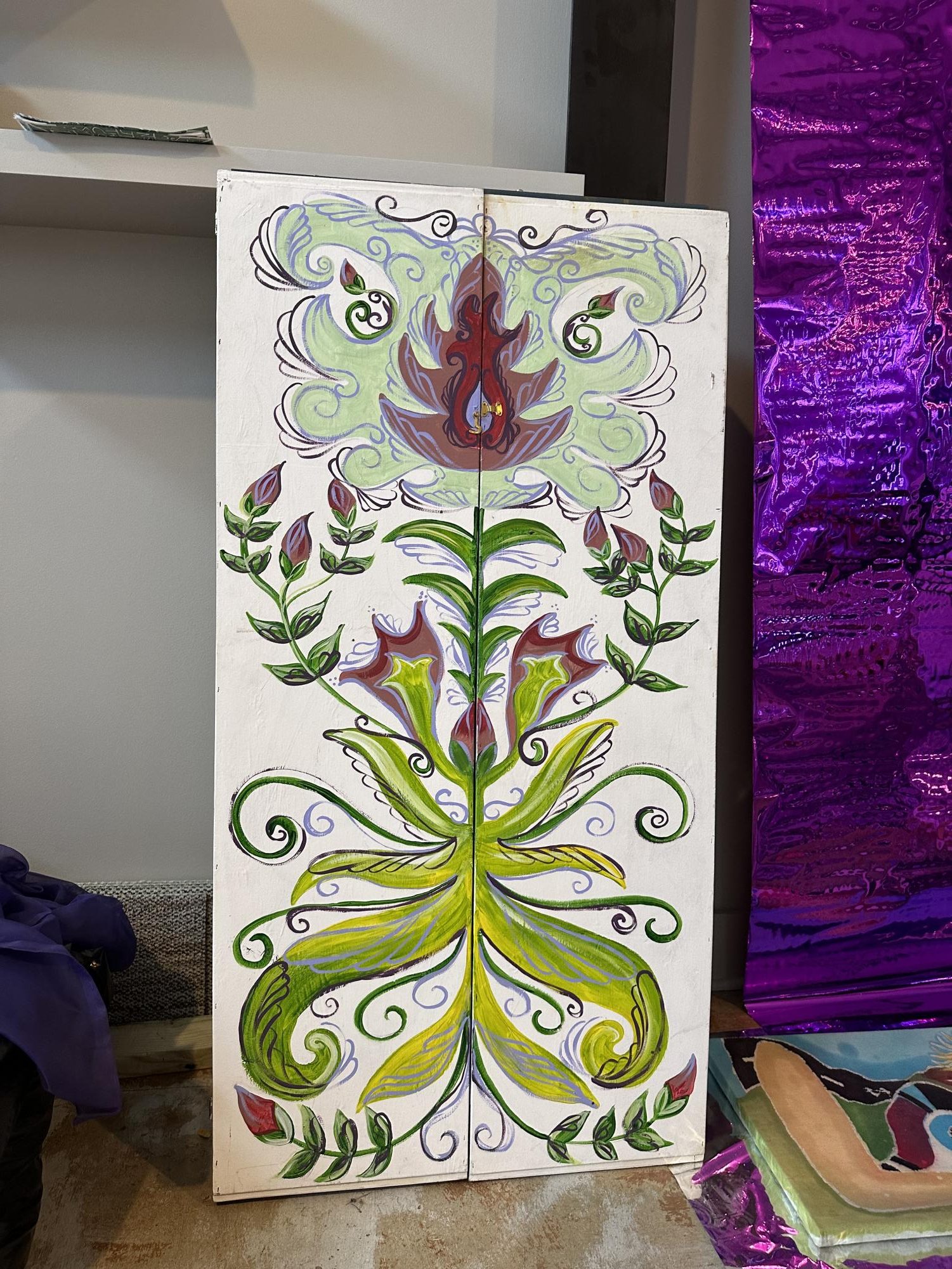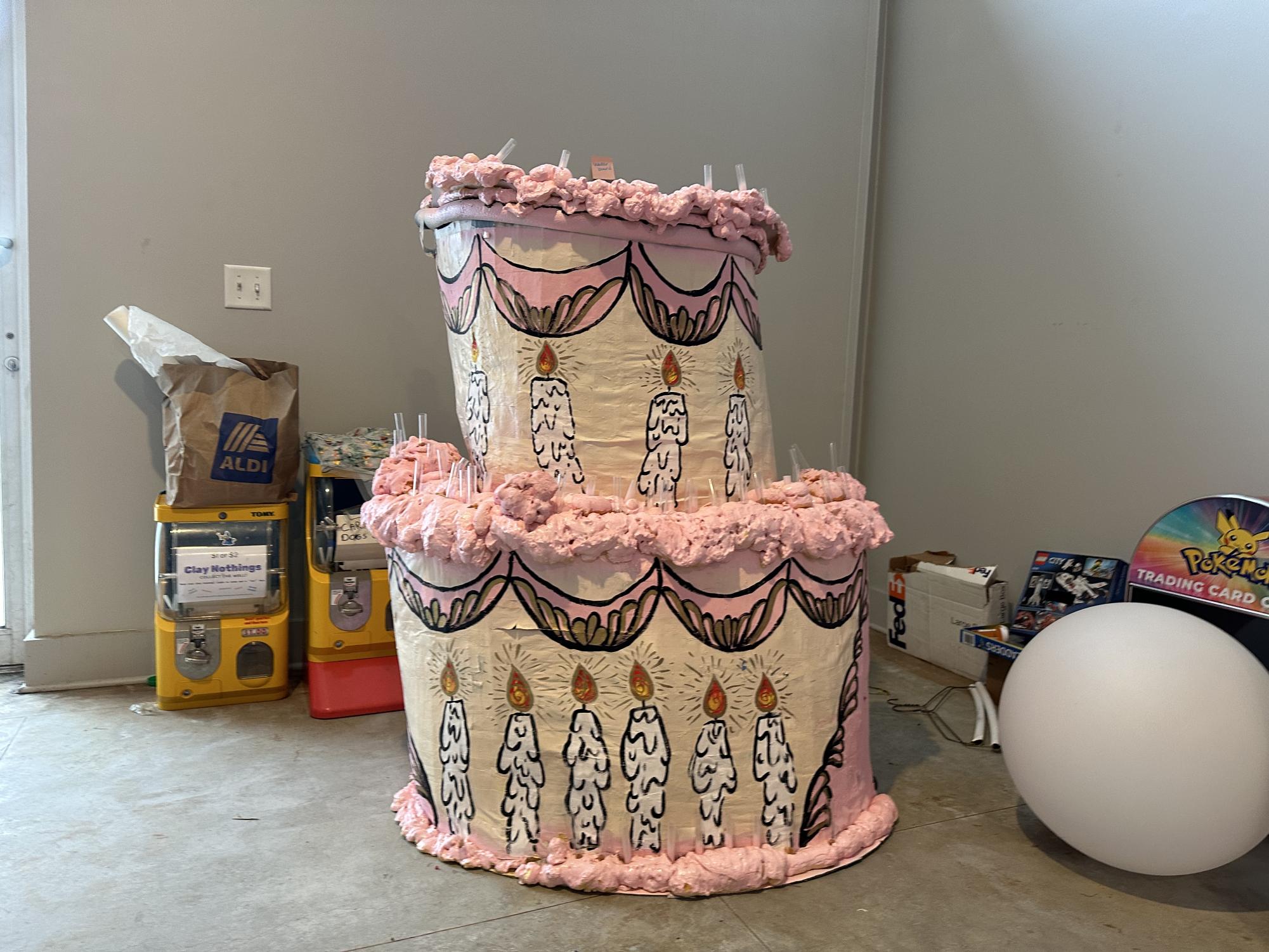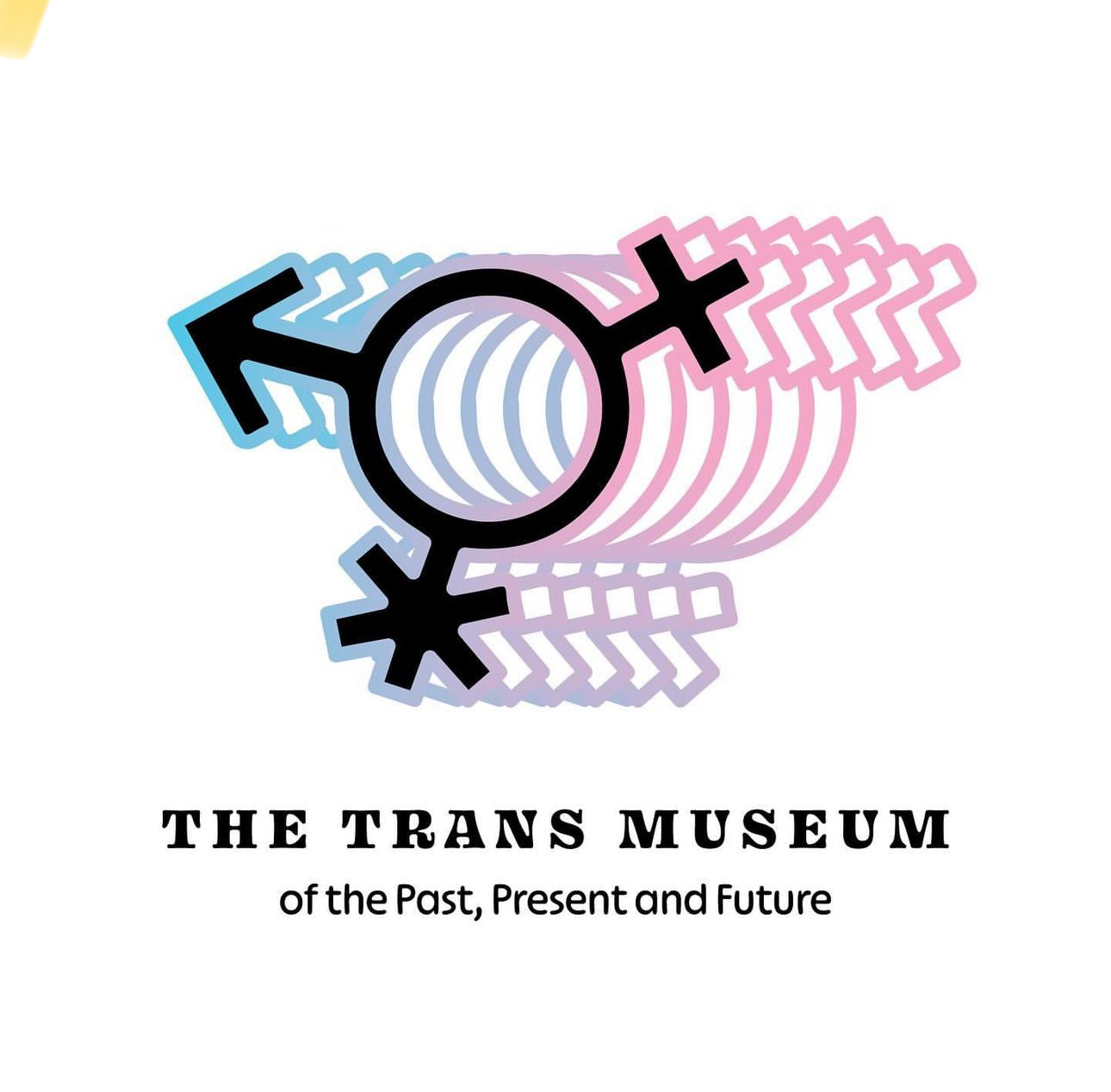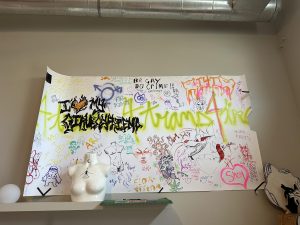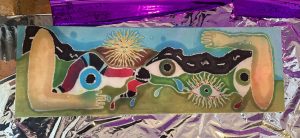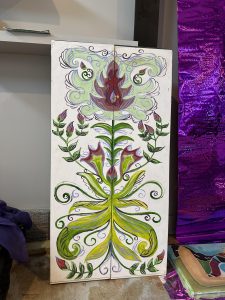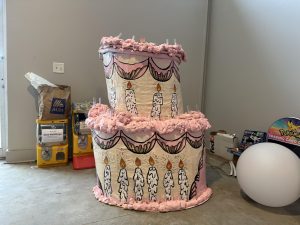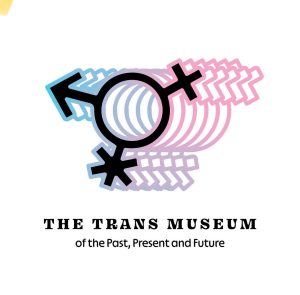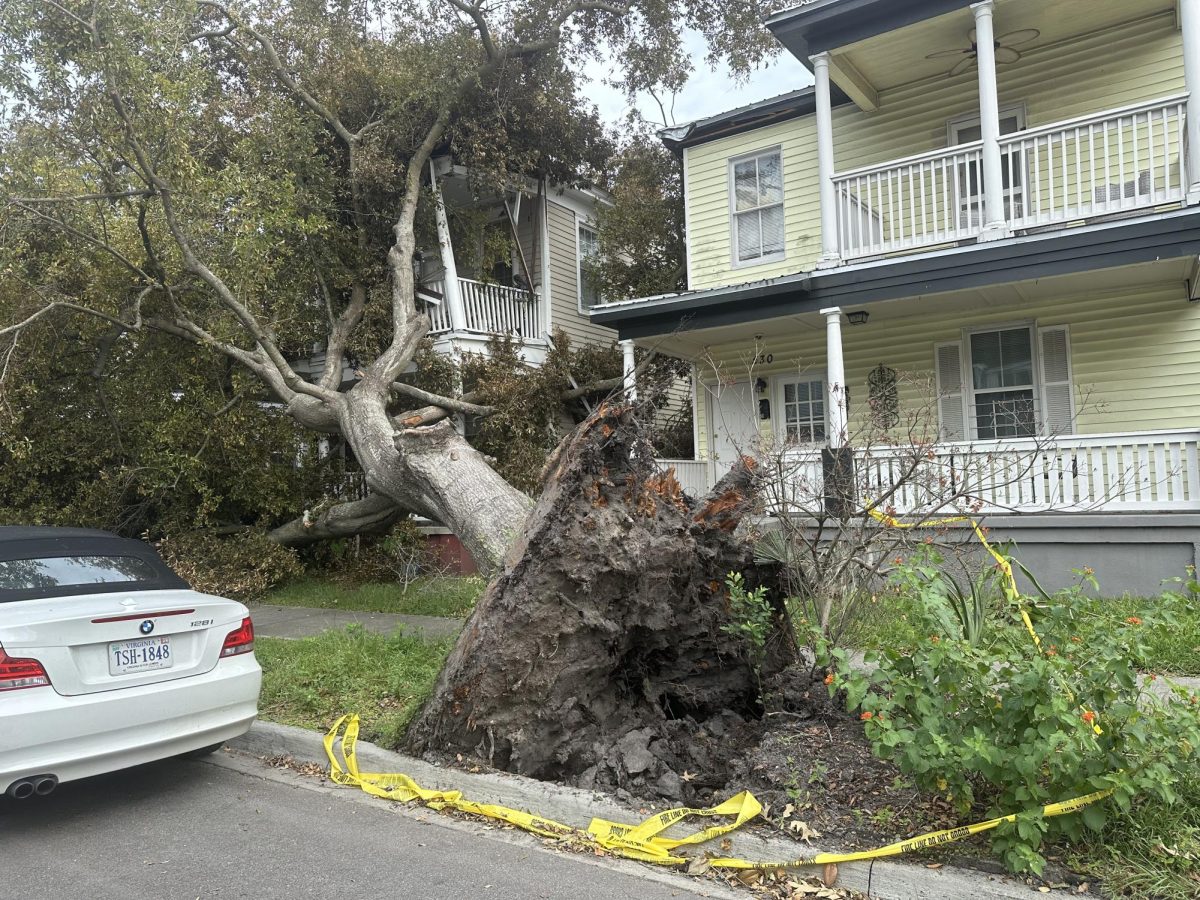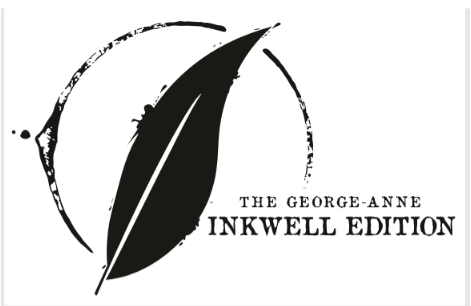Organizers of The Trans Museum of the Past, Present and Future are hoping to create a culture that is inviting of queer artistry and conversations about identity.
More than this, they hope the museum serves as a safe space and a memorial of queer history.
“In its grandest vision, it’s an immersive, interactive art experience,” Zhazhee Rabbitt, the museum’s head organizer, said. “I want it to be like, if you are transitioning in your life, this is like, the cocoon that you can come to and be inspired and like, start to delve into those deeper questions about who you are and where you can go.”
Although the name of the museum places an emphasis on transgender identity, the title is not meant to limit involvement within the community, but rather encourage people of all sexual orientation to “learn about gender queerness” and “build bridges of support with other members of the queer community”, according to Rabbitt.
Located in the Starland District, the community funded museum will feature several creative works by queer artists, including paintings, sculptures and performances.
The Starland District is a hotspot for locals and tourists alike. Rabbitt and her co-organizer, Ke’Shawn Spellman, agree that the museum’s location in Savannah will “open a new chapter” and create “strong foundations” for queer artists to organize similar events in the future.
Both Spellman and Rabbitt have previously hosted pride month events such as Deadname Exchange and a Vogue ballroom that each garnered much attention. Following those occasions, they wanted to collaborate on an event that would last throughout the month of October and emulate a similar sense of empowerment.
“It was a beautiful experience,” Spellman said. “It was something refreshing on both ends, because with Deadname, it was empowering to see so many trans people in one space, and non-binary people, and just queer people in one space.”
Spellman, a Savannah native, said his adolescence at times felt “lonely” and he often considered moving to a city that had a more prominent queer community. However, he recognized that Savannah was not absent of queer people, but rather that the lack of representation contributed to a weak sense of community.
Many queer artists in Savannah are limited to showcasing their work on an “underground scale”, according to Spellman. With projects like Questival and Deadname Exchange, which are hosted in popular areas of Savannah, queer artists are given the opportunity to present their work on a mainstream level.
“We’re trying to make sure that people know that we’re here,” he said. “We’re just here. That’s it.”
The museum is located at 2424 Drayton St. and will open on Oct. 4 at 5 pm. Visit their Instagram page if you are interested in learning more about the museum!


